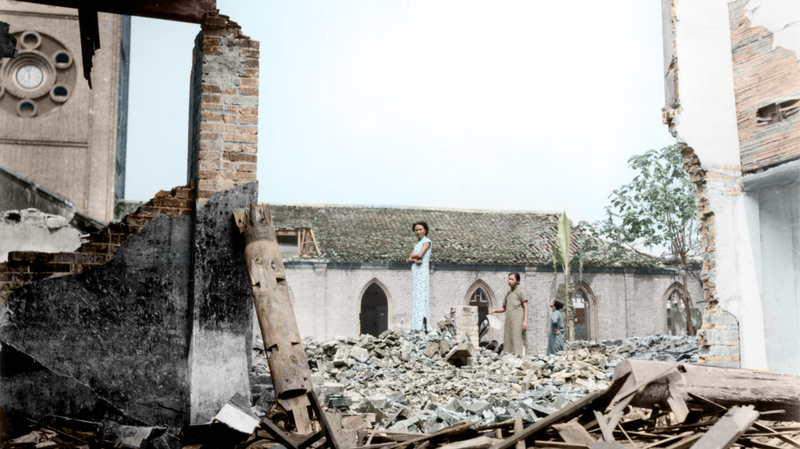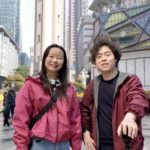Once a symbol of wartime resilience, Chongqing has rewritten its story with dazzling neon skies and riverside energy. Let’s rewind: In 1939, Japanese bombers targeted the city relentlessly, forcing mass migrations and underground shelters. Today? The same riverbanks echo with laughter, camera clicks, and the hum of prosperity.
🔥 From Rubble to Radiance
Chongqing’s Yangtze River banks, once scarred by conflict, now glow with LED-lit skyscrapers and bustling night markets. Visitors flock for spicy hotpot feasts and Instagram-worthy views from Hongyadong—a stilted complex that looks straight out of a Cyberpunk 2077 scene.
🎤 Local Voices
"My grandparents hid in tunnels here," says tourist Li Wei, 24. "Now I take sunset selfies where they once sought safety. It’s surreal—and hopeful."
🌆 Why It Matters
This transformation isn’t just about tourism. It’s a testament to how cities can rebirth themselves, blending history with hyper-modern dreams. For globetrotters and history buffs alike, Chongqing’s glow-up is a must-watch chapter in Asia’s urban playbook.
Reference(s):
Chongqing: From migration and refuge to breathtaking night views
cgtn.com




